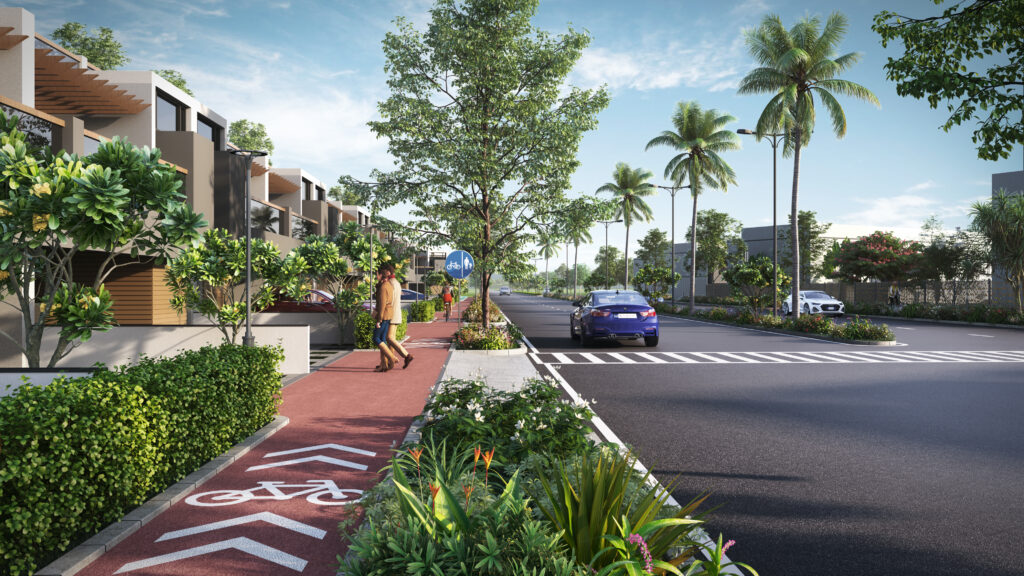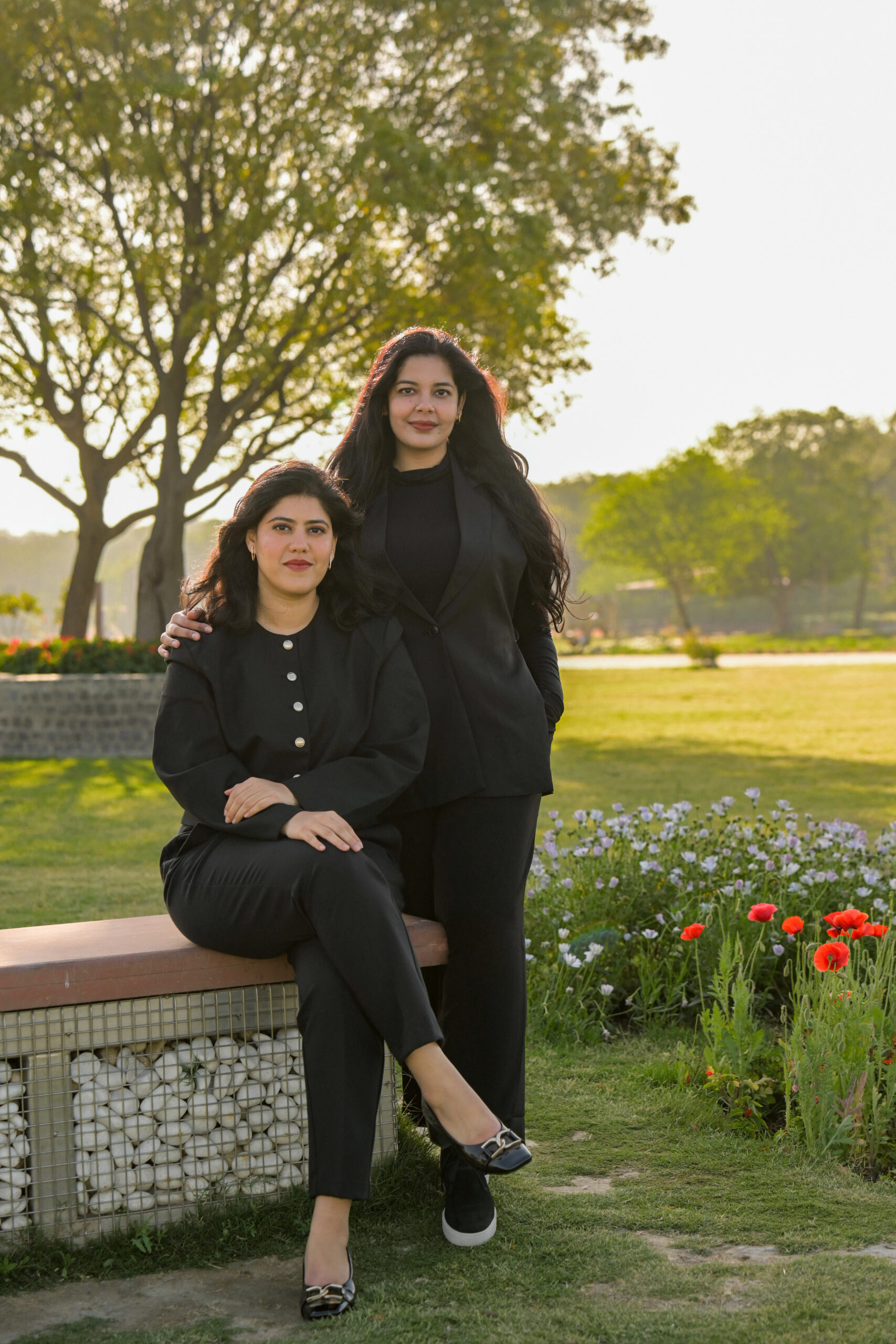
In an era where the role of design extends far beyond aesthetics, Terrarium emerges as a pioneering landscape architecture and urbanism studio, setting new benchmarks for ecological resilience and meaningful placemaking. Founded by architects Manasi Prabhudesai and Mitali Kumar, Terrarium operates out of Goa and Lucknow, India, weaving a practice deeply rooted in research, collaboration, and a profound respect for the land.
Both co-founders hold Master’s degrees in Landscape Architecture from the prestigious National University of Singapore (NUS), where exposure to Southeast Asia’s progressive urban ecological frameworks profoundly shaped their outlook. Initially trained in architecture, it was their growing awareness of the vital role landscapes play in shaping healthy, livable cities that drew them toward landscape architecture. Today, their practice transcends the traditional notion of landscape as decorative—championing it instead as a dynamic, living system essential for urban and ecological well-being.
A Philosophy of Stewardship
At the heart of Terrarium’s approach is a belief that design is an act of stewardship—an opportunity to restore degraded lands, reimagine urban spaces, and create immersive environments that nourish both people and ecosystems. Their design philosophy is guided by an acute sensitivity to place, an emphasis on human experience, and a commitment to allowing landscapes to evolve naturally over time. Functionality and beauty are pursued simultaneously, with a focus on simplicity, the interplay of light and materiality, and a human-centric scale that invites engagement.
Diverse Services, Unified by Ecology
Terrarium’s portfolio spans a wide range of typologies, each approached with a consistent ecological ethic:
- Townships and Urban Landscapes: Integrating green infrastructure to foster sustainable, people-centered urbanism.
- Hospitality and Resorts: Designing landscapes that enhance guest experiences while preserving native ecologies.
- Institutional and Commercial Campuses: Crafting climate-responsive environments that support well-being and biodiversity.
- Private Residences and Estates: Merging built forms with sensory-rich, intimate outdoor spaces.
- Restoration and Rewilding: Revitalizing degraded lands through native planting and water-sensitive strategies.
- Urban Greening: Creating rooftop gardens, podium decks, and vertical greenery systems that improve microclimates and stormwater management.
Beyond project delivery, Terrarium offers planting consultancy, material research, and long-term management strategies to ensure the continued vitality of the landscapes they create.
Process: Listening to the Land
Every project at Terrarium begins with a fundamental inquiry: What is the place trying to tell us? A deeply investigative approach follows—analyzing site ecology, history, soil profiles, climate data, and community context. Concepts are developed through a rigorous iterative process involving sketches, models, digital simulations, and extensive collaboration with clients and interdisciplinary teams. By allowing room for landscapes to adapt and evolve, Terrarium ensures that their designs remain resilient and authentic over time.
Their essential tools blend the analog and the digital—leveraging AutoCAD, Rhino, GIS, drone surveys, Lumion, Twinmotion, and the Adobe Suite, while never losing touch with the power of a hand-drawn sketch or a physical model.
Embedding Sustainability into Every Layer
For Terrarium, sustainability is a foundational value, not an add-on. Their projects prioritize native and resilient planting palettes, water-sensitive urban design, and the use of low-carbon, locally sourced materials. One notable example is their project “Kosh,” where companion planting strategies and water-sensitive design principles created a self-sustaining, ecologically resilient landscape. Throughout their work, they treat landscapes as regenerative systems—reviving soil health, encouraging biodiversity, and actively restoring ecological balance.
Navigating Challenges with Vision
Despite an industry tendency to perceive landscape design as mere beautification, Terrarium consistently advocates for a broader understanding—emphasizing soil regeneration, stormwater management, and long-term ecological stewardship. They bridge these gaps through powerful storytelling and performance-based metrics that make the unseen benefits tangible to clients.
Complex projects, such as the restoration of chemically degraded township sites, are approached with pragmatism and creativity—employing phytoremediation, native planting, stormwater strategies, and material reuse to heal compromised lands. Such experiences have strengthened Terrarium’s reputation as a studio capable of transforming environmental challenges into opportunities for renewal.
The Future: Regenerative and Global
Looking ahead, Terrarium is passionately aligned with emerging global shifts toward Nature-Based Solutions (NBS) and Regenerative Design. These approaches go beyond minimizing harm, actively improving landscapes by restoring soil health, cooling urban heat islands, and creating biodiversity corridors. With cities densifying rapidly, Terrarium champions vertical gardens, green roofs, and planted facades—bringing ecological function into even the most compact environments.
Their long-term vision centers around deepening practice rather than scaling rapidly—focusing on crafting landscapes that heal, connect, and endure. Research, documentation, and learning from indigenous and traditional ecological knowledge are vital future pursuits. Moreover, Terrarium envisions fostering global collaborations with ecologists, hydrologists, and fellow designers, continually enriching their practice through shared knowledge and innovation.
Conclusion: Designing for a Regenerative Tomorrow
In celebrating World Landscape Architecture Month, Terrarium stands as a testament to the transformative power of landscape design. By embedding ecological wisdom, cultural sensitivity, and experiential richness into every project, the studio not only shapes beautiful spaces but also redefines landscapes as critical infrastructures for a resilient future.
Terrarium’s work invites a fundamental rethinking of our relationship with land—proving that even within the complexities of modern development, it is possible, and necessary, to design landscapes that truly give back.


